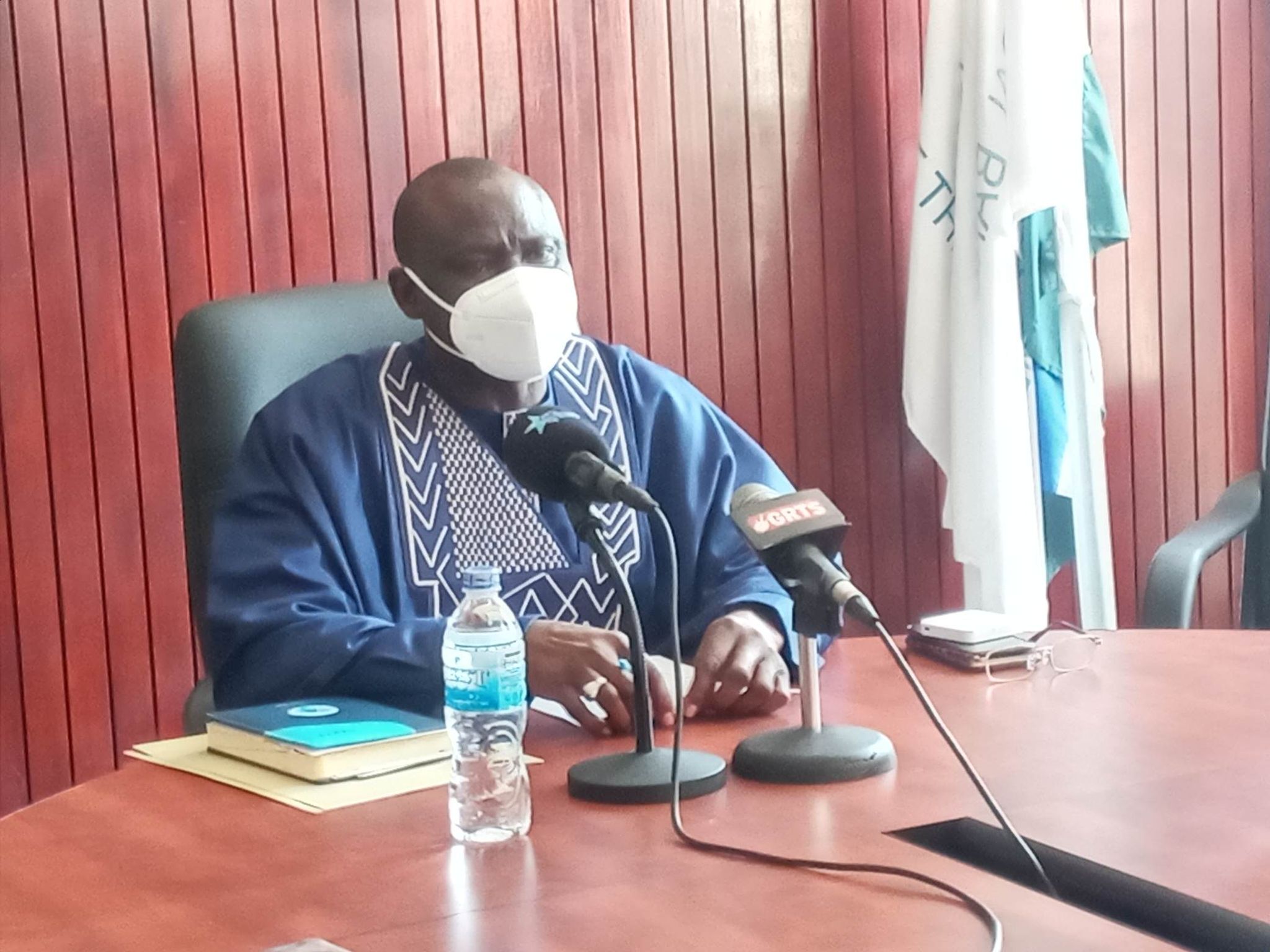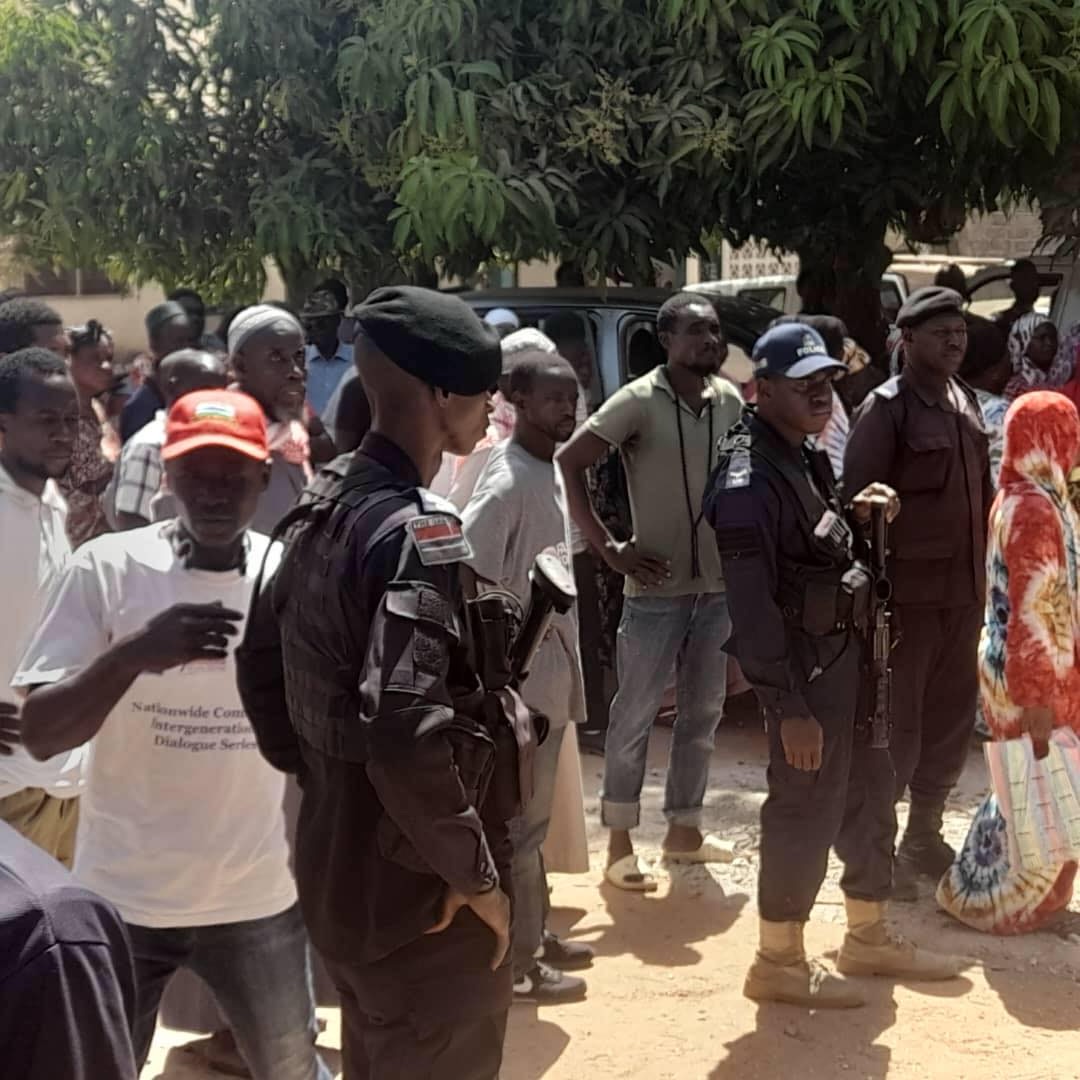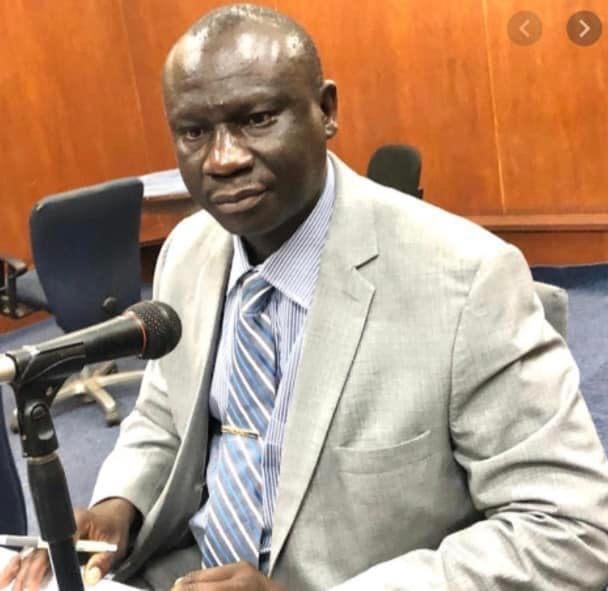Kebba Ansu Manneh
Buah Saidy, governor of Central Bank of The Gambia (CBG) has blamed the former Alliance for Patriotic Reorientation and Construction government of Yahya Jammeh for the upsurge of Gambia’s domestic debt burden.
He made this disclosure at the quarterly Monetary Policy Committee (MPC) meeting of the Central Bank of The Gambia, where he informed commercial bank managers and journalists that the domestic debt of the country stood at thirty five billion and eighty four million Dalasis (D35 84billion).
“The stock of the domestic debt at D35.84 billion (35.34 percent of the GDP) in April, 2021, rose from D33.67 million (34.5 percent of GDP) in the comparative period in 2020.
The increase in domestic debt stock reflects mainly higher fiscal expenditure resulting from treasury bills rollover cost, which accounts for 57.5 percent of the domestic debt,” Governor Saidy explained.
According to him, the former government of Yahya Jammeh was entirely depending on treasury bills to finance budget deficits, arguing that this was the main reason why the domestic debt of the country reached the D35.84 billion mark.
“Currently the financing of the country’s deficit is very minimal in terms of depending on treasury bills. The deficit has been contained and fiscal operations are maintained within the set limits of the budget and as a result active use of treasury bills has been reduced significantly,” Governor Saidy revealed.
He further disclosed that the 91 days, 182 days and 364 days treasury bills issued by the bank has declined to 3.1 percent, 4.11 percent, and 4.97 percent respectively by April of this year from 3.96 percent, 6.71 percent and 11.59 percent respectively a year ago.
He also pointed out that the Central Bank Composite Index of Economic Activity (CIEA) has forecasted growth in the economy by 4.1 percent this year, noting that this development is as a result of the relaxing lockdown measures and start of economic activities in the country as of October of last year.
“The low number of reported cases of Covid-19 in the fourth quarter of 2020 and first quarter of 202, increased government stimulus spending, and the easing of the monetary policy stance of the Central Bank impacted positively on the estimated growth rate,” Governor Buah Saidy noted.
According to him, the banking sector remains well capitalized, highly profitable and liquid, disclosing that on a yearly basis the total assets of the banking sector increased by 20.4 percent.
“On yearly basis, total assets of the industry increased by 20.4 percent to D61.23 billion at end-March 2021 from D50 85 billion in the same period a year ago and by D2.4 billion at end-December 2020. Balances due from other banks and investment account securities induced the yearly expansion of the industry’s total assets,” he told commercial bank managers and journalists.
He called on the commercial banks to offer loans to investors and the business community in a bit to expand their capital as well as help develop the country, adding that the commercial banks are in the position to changing the tides in the country.
Governor Saidy, affirmed that in order to maintain the growth and sustainability of the economy CBG has institute measures such as reducing the interest rates, reserve requirements, noting that this was necessary in order to make available more resources to businesses and Gambians to take care of themselves during the pandemic.
He called on development partners especially the IMF to come to the aid of the country in meeting its development needs and aspirations, revealing that The Gambia is among the few countries in Africa that scores high in IMF economic ranting.
The Central Governor revealed that the Monetary Policy Committee (MPC) has decided the following: Maintain the Policy raye (MPR) at 10 percent, maintain the required reserve (RR) at 13 percent and maintain the interest on the standing deposit facility at 3.0 percent and the standing lending facility at 11.0 percent (MPR plus 1 percentage point).




